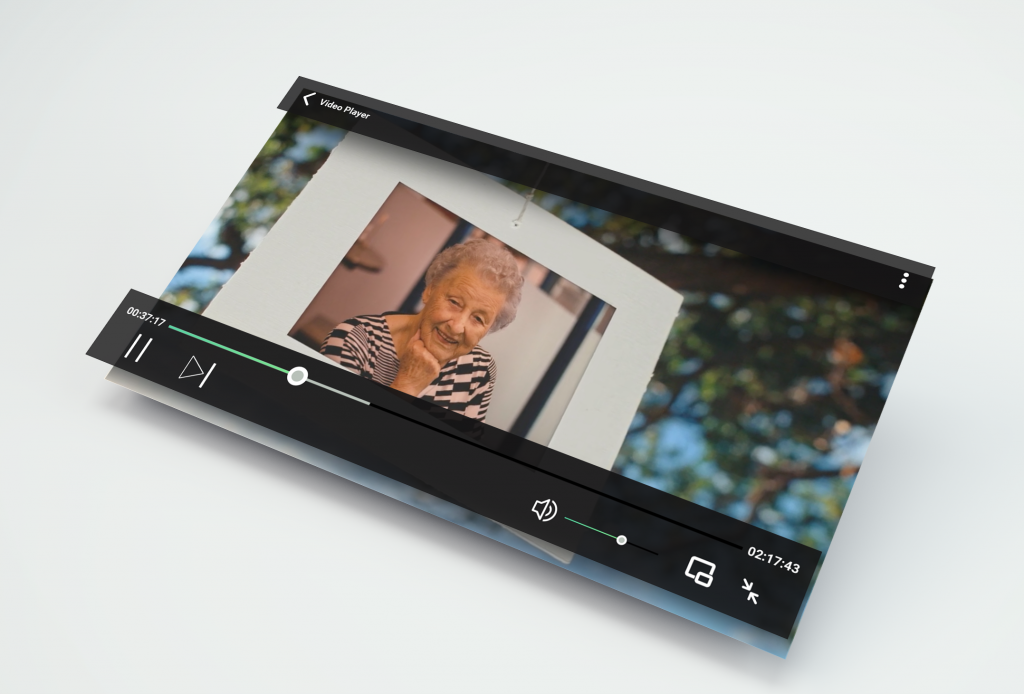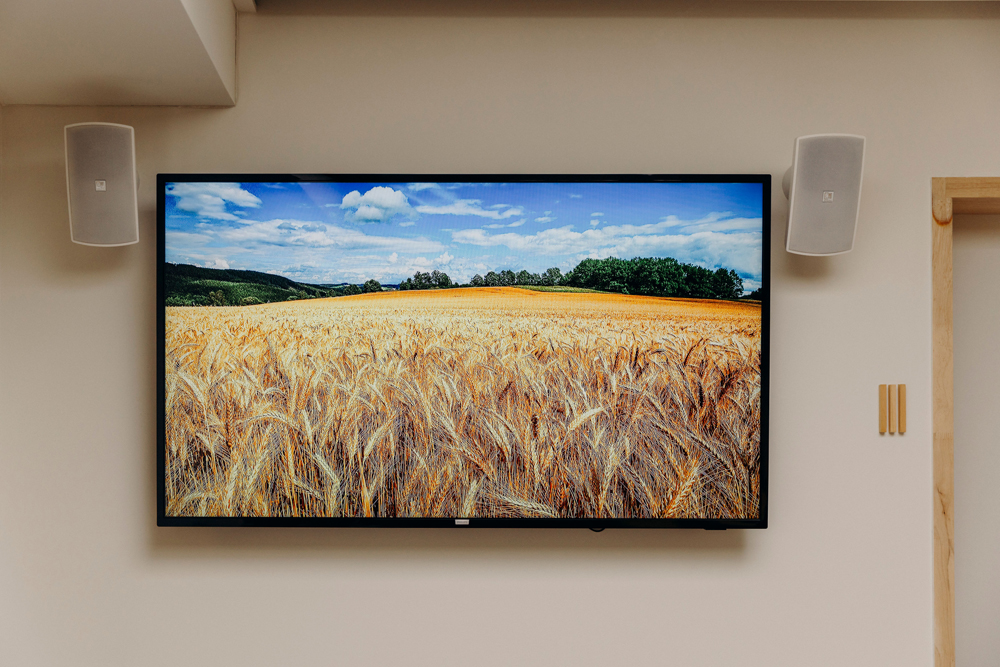
Taming The Acoustics In Your Funeral Auditorium
It may be stating the obvious, but different spaces can have dramatically different acoustics. Think of how a handclap would sound in a cathedral compared to a small bedroom. Like other large, open spaces, funeral home auditoriums and crematories tend to be lively acoustic environments where sounds can merrily bounce off the walls and ceilings, creating unwelcome echoes and making it uncomfortable to sit through a service if not properly treated.
Planning for great acoustics
The best time to think about acoustics is before the auditorium has even been built. We often get involved with architects at the planning stage and can recommend materials like acoustic plasterboard / drywall which are much denser than typical panels and far better at soaking up sound. Likewise, we can advise on how different types of seating can make a big difference to the acoustic properties of the room.
Treating problem Spaces
What if your auditorium is already well-established, but it sounds like a busy indoor swimming pool? Sometimes it is enough for our specialists to tweak the system equalization or recommend updating a few system components. Low-tech solutions like adding cushions and drapes can help too. For really unruly spaces we might recommend the installation of acoustic panels. If you’re picturing the weird spiky foam blocks you have seen on the walls in recording studios, don’t worry, there are lots of attractive acoustic treatments out there, so you can improve your acoustics without ruining your décor!
Flexible solutions
One of the challenges of creating audio solutions for funeral businesses is the need to accommodate a variety of situations without needing to adjust the system. The acoustics of your auditorium will be very different depending on whether you have just a few family members at the front or a packed service with every seat occupied. Your audio system will also need to accommodate spoken word presentations, recorded music and occasional live singing and/or instruments. With experience of working in many different funeral businesses, our experts have learned to optimize the equalization of the audio system to sound great in any scenario that you are likely to experience.
Whether you are still planning a new funeral business or have an existing auditorium that is in need of specialist attention, the good news is that there is always something to be done to provide a great acoustic experience.



